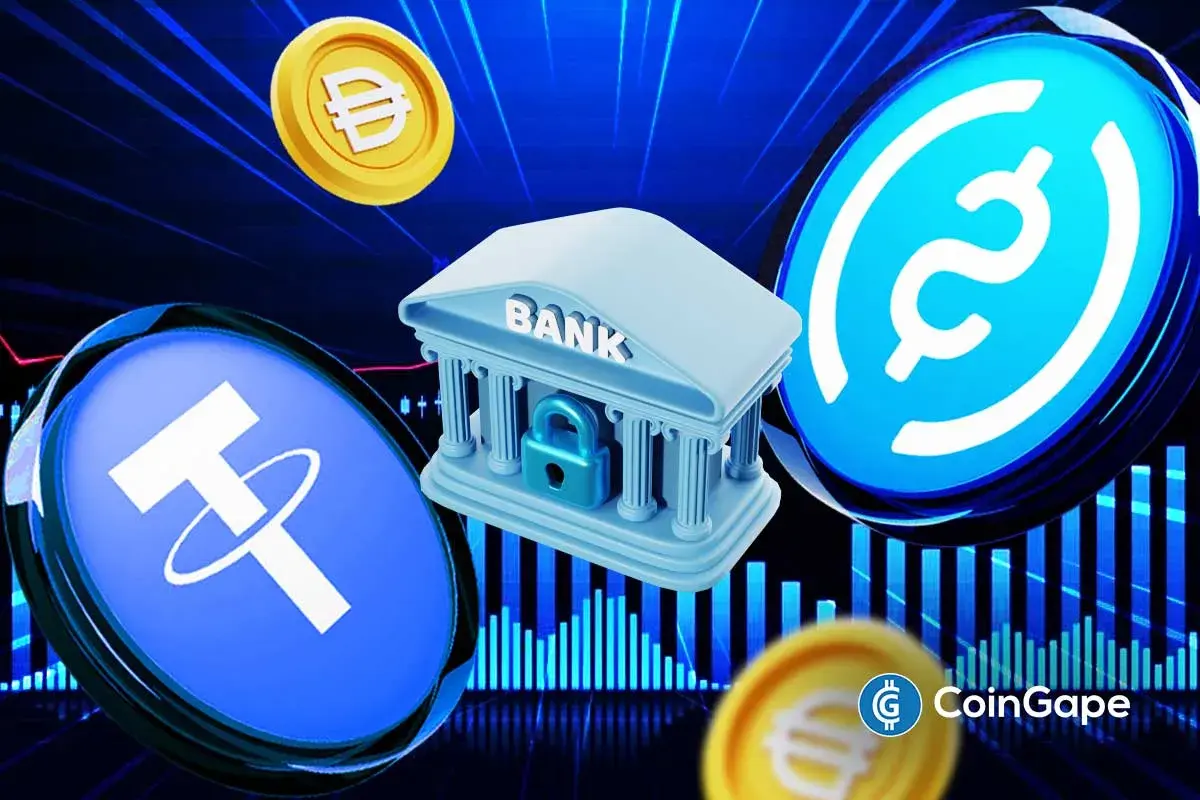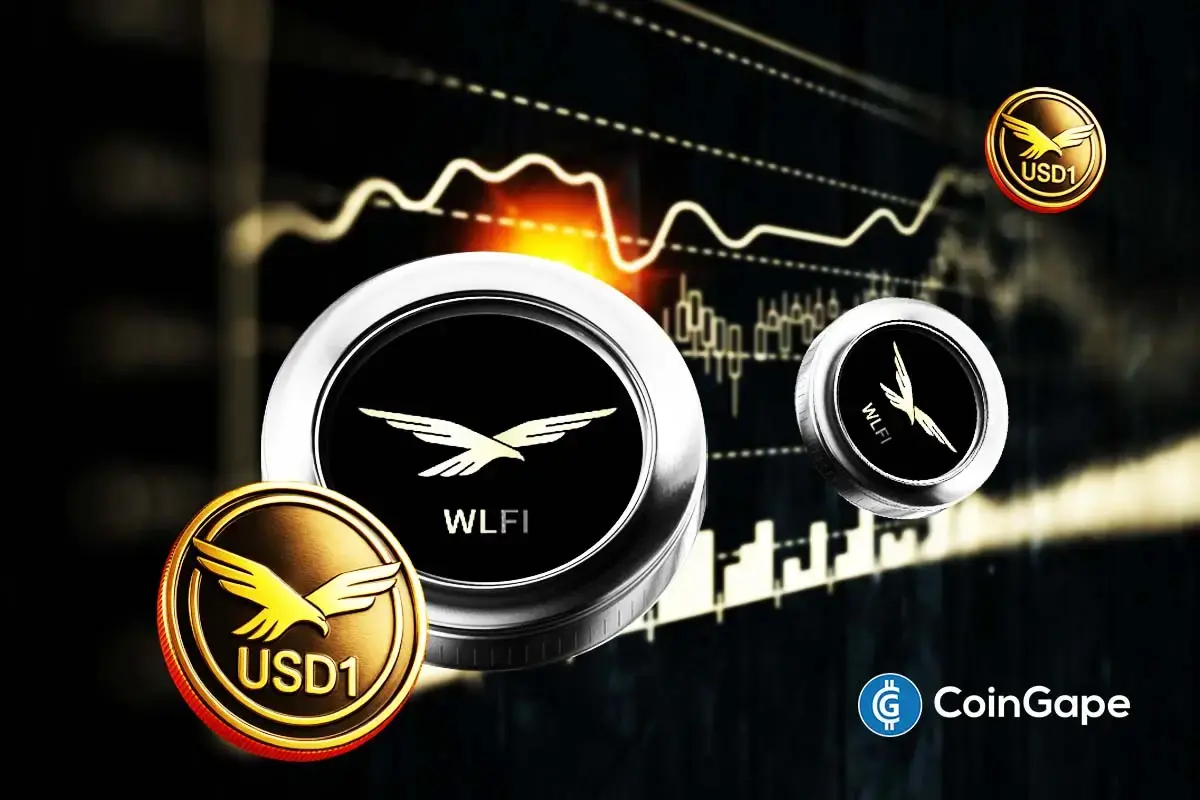Just In: S&P Global Launches Stablecoin Ranking Tool

Financial services firm, S&P Global Ratings has announced the launch of its proprietary stablecoin stability assessment as it seeks to bring additional transparency to the blockchain ecosystem’s stablecoin transparency.
Stablecoin Stability Assessment: the Key Goal
Based on the announcement published, S&P Global said the core goal of the token stability assessment is to evaluate a stablecoin’s ability to stay unchanged when measured against a fiat currency.
Stablecoins are now an integral part of the digital currency ecosystem and based on their relevance, they are increasingly becoming well-sought-after by mainstream financial services firms. Having a standardized measure to assess their stability is important as a primary guardrail against taking precautions and avoiding unwholesome financial disruption.
S&P Global said the launch of the stablecoin stability assessment is important to serve both the traditional financial (TradFi) world and the relatively newer Decentralized Finance (DeFi) ecosystem.
The assessment of tokens will take one number on a 1 to 5 scale with 1 being very strong and 5 being weak. The firm highlighted its modalities in three different ways including the assessment of the asset’s quality risks, bordering on credit, market value, and custody risks. Secondly, it analyzes each stablecoin’s degree of collateralization and liquidity mitigation mechanisms.
Using its newly designed mechanism, S&P Global has already assessed 8 top related tokens currently in the market today. In the current rating, the firm gave Tether (USDT) a score of 4 with a “constrained” clause, underscoring the many transparency woes surrounding the stablecoin.
USD Coin (USDC) got a rating of 2 (strong), similar to the Pax Dollar (USDP) and Gemini Dollar (GUSD). Frax (FRAX) and TrueUSD (TUSD) were assigned a weak score of 5 seeing it depegged recently.
Growing Calls for Stablecoin Regulation
The S&P Global stablecoin stability assessment ranking is important as it will also help regulators around the world wrap their heads around the important assets.
The implosion of TerraUSDClassic (USTC) last year sent shivers into the industry and has put regulators and lawmakers around the world on the hedge to rein in the asset class. Ahead of the calls for proper stablecoin regulations in regions that still lack it, the S&P Global rating’s model may come in handy and help investors know which stablecoin to trust and which to avoid.
- Fed’s Stephen Miran Urges More Rate Cuts In 2026 To Avoid U.S. Recession
- Breaking: $4T JPMorgan Explores Crypto Trading for Institutional Clients as U.S. Banks Embrace Crypto
- Bitcoin and Ethereum ETPs See $1B in Outflows as Institutions Rotate into XRP
- Michael Saylor’s Strategy Pauses Bitcoin Buying as Crypto Market Anticipates a ‘Santa Rally’
- Bitcoin and Ethereum Options Traders Turn Slightly Bullish, Santa Claus Rally?
- Aster launched Phase 5 Buyback Program Allocating 80% Fees. Will ASTER Price Rally?
- XRP Price Prediction: Rare Bullish Patterns Align With Powerful Catalysts
- Weekly Crypto Price Prediction: Bitcoin, Ethereum, and XRP as Market Momentum Builds
- Will Solana Price Hit $150 as Mangocueticals Partners With Cube Group on $100M SOL Treasury?
- SUI Price Forecast After Bitwise Filed for SUI ETF With U.S. SEC – Is $3 Next?
- Bitcoin Price Alarming Pattern Points to a Dip to $80k as $2.7b Options Expires Today

 Claim $500
Claim $500














